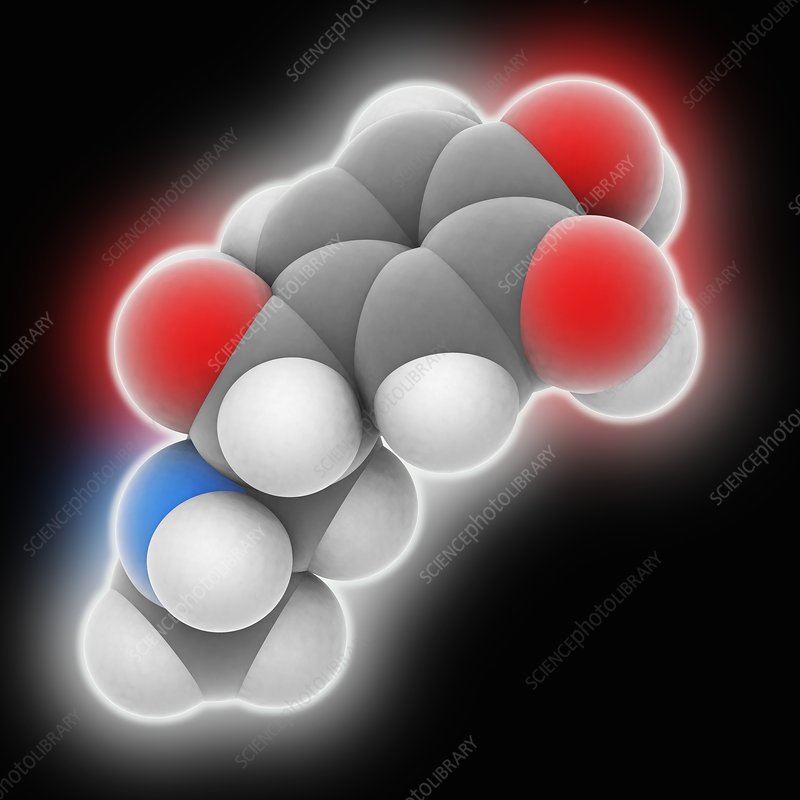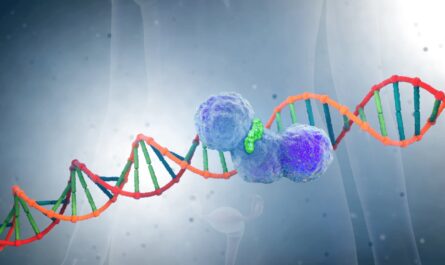Epinephrine, also known as adrenaline, is a hormone and neurotransmitter produced by the adrenal glands located just above the kidneys. Epinephrine plays a vital role in regulating important bodily functions like heart rate, blood pressure and focus. Discovery of this vital hormone revolutionized the treatment of medical emergencies like allergic reactions and anaphylaxis.
Chemistry and Production
Epinephrine is a neurotransmitter and catecholamine hormone. Chemically, it is an adrenaline methylated at the 3 phenol group and conjugated with an amino acid and is classified as a catecholamine. The adrenal medulla produces and releases epinephrine in response to the brain signaling it through the sympathetic nervous system. Stress, fear, excitement etc trigger our fight or flight response which stimulates epinephrine release. Under normal conditions, our body produces about 1-2 milligrams of epinephrine per day.
Functions in the Body
Cardiovascular Function
When released into the bloodstream, one of the major functions of epinephrine is increasing heart rate and blood flow to muscles. It causes constriction of blood vessels leading to non-essential organs like skin and gut while dilating vessels supplying muscles and heart. This shifts more blood to muscles to prepare the body for fight or flight. Epinephrine also helps raise blood pressure by increasing cardiac contractility and output.
Respiratory Function
Release of Epinephrine results in bronchodilation of airways allowing easier breathing. This prepares the lungs to supply extra oxygen to working muscles. Epinephrine also stimulates the breakdown of glycogen to provide glucose for energy production.
Hepatic Glucose Production
The liver plays a major role in balancing blood sugar levels. Under the influence of epinephrine, the liver breaks down glycogen stores into glucose and releases it into circulation. This ensures a readily available source of fuel for muscles and brain during stressful situations.
Pupil Dilation
One of the classic signs of anxiety or stress is pupil dilation which helps take in more light. Epinephrine binding to receptors in the eye’s iris causes it to contract and dilate the pupils for better vision during fight or flight emergencies.
Medical Uses and Importance
Emergency Treatment
As one of the first effective pressor agents discovered, epinephrine revolutionized emergency treatment for conditions like anaphylaxis and cardiac arrest. Epinephrine acts as a bronchodilator in asthma attacks and anaphylactic reactions. It also increases heart rate and output which is why it is used to treat cardiac arrest along with CPR. Auto-injectable epinephrine pens are now recommended to treat severe allergic emergencies.
Widespread Medical Use
Today, epinephrine has many applications ranging from local anesthesia to cardiology. It is commonly used by paramedics for prompt treatment of bronchospasms, shock and cardiac arrest on site. In hospitals, epinephrine IV or injections are used to treat bronchial asthma, allergic reactions, symptomatic bradycardia and hypotension. Its potent effects on hemodynamics also make it useful in resuscitation along with atropine.
The Future of Epinephrine
With better understanding of epinephrine’s functions, new avenues are being explored. Researchers are developing ways to effectively deliver epinephrine through non-injectable routes like intra-nasal sprays for anaphylaxis. Studies are also evaluating if epinephrine infusion can help repair damaged hearts. Continuous epinephrine drips are beginning to replace dopamine for shock. Overall, with its versatile actions, epinephrine will surely retain a crucial role in emergency medicine for many years to come.
*Note:
1. Source: Coherent Market Insights, Public sources, Desk research
2. We have leveraged AI tools to mine information and compile it



